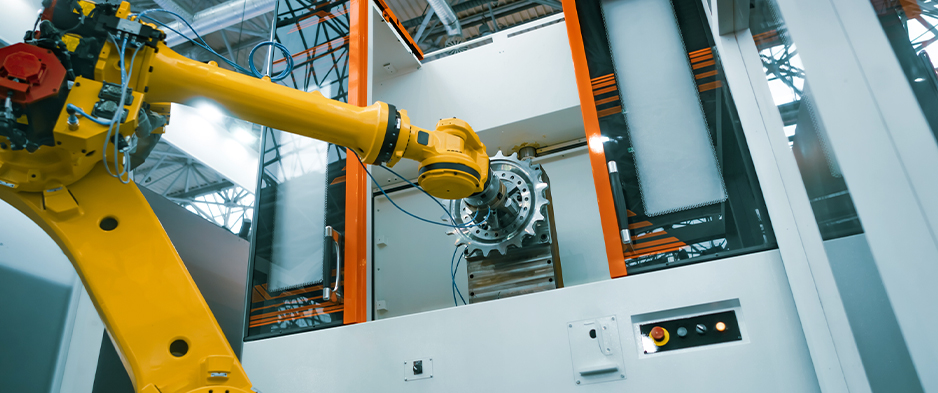What are the main developments of artificial intelligence in collaborative robotics?
Perfecting and automating the integration between man and machine is one of the main challenges for companies in every sector. To this end, cobots constitute a revolution, enabling closer, safer and more efficient collaboration between robots and human operators. The real turning point in the evolution of cobots, however, is represented by the integration of artificial intelligence (AI) into this technology. It is this combination that promises to reach new goals in terms of innovation and advantages for businesses.
Collaborative robots and machine learning: the future of robotics
Compared to traditional industrial robots, cobots exploit a wide range of technical innovations. What truly distinguishes them in the market is their ability to grasp, see and above all learn. And it is precisely machine learning that holds the greatest potential in the integration between artificial intelligence and collaborative robotics.
As a form of artificial intelligence, machine learning allows you to create a highly complex and capable robotic system. Through algorithmic or statistical operations, it further reduces the programming requirements of collaborative robots, as they become capable of automatically learning from experience. For example, deep learning applied in robotics to replicate how the human brain adapts to changes in inputs to learn. It is obvious how this learning ability will drastically improve the flexibility of collaborative robots.
READ HOW AI MODELS ARE TRAINED
Main developments in the integration between AI and collaborative robotics
Cobots work closely with humans, machinery, and shelves full of product. To carry out their tasks safely and effectively, robots must be able to skillfully detect obstacles in their surroundings and respond appropriately to them. To this end, a crucial application of artificial intelligence in collaborative robotics is to maximize their awareness of their surroundings. AI will continue to serve as the driving force behind these capabilities. For example, with technologies such as 3D computer vision, which allows cobots to identify the size, shape, orientation, and depth of objects. The result is collaborative robots capable of autonomously navigating within plants and operating without constant human guidance.
Safety is an area in which artificial intelligence can significantly improve collaborative robotics. Starting from the safety of workers in interactions with these machines. Thanks to AI technologies, cobots have built-in capabilities to interrupt, slow down or correct operations if humans are detected in their path. While collaborative robots are already equipped with similar capabilities, research will continue to explore how artificial intelligence can bring further safety improvements.
But not only. In the future, advances in artificial intelligence will continue to improve the capabilities of cobots so that these machines can operate increasingly safely and efficiently even beyond factory environments. For example, the use of collaborative robots on construction sites and for perimeter security tasks.

